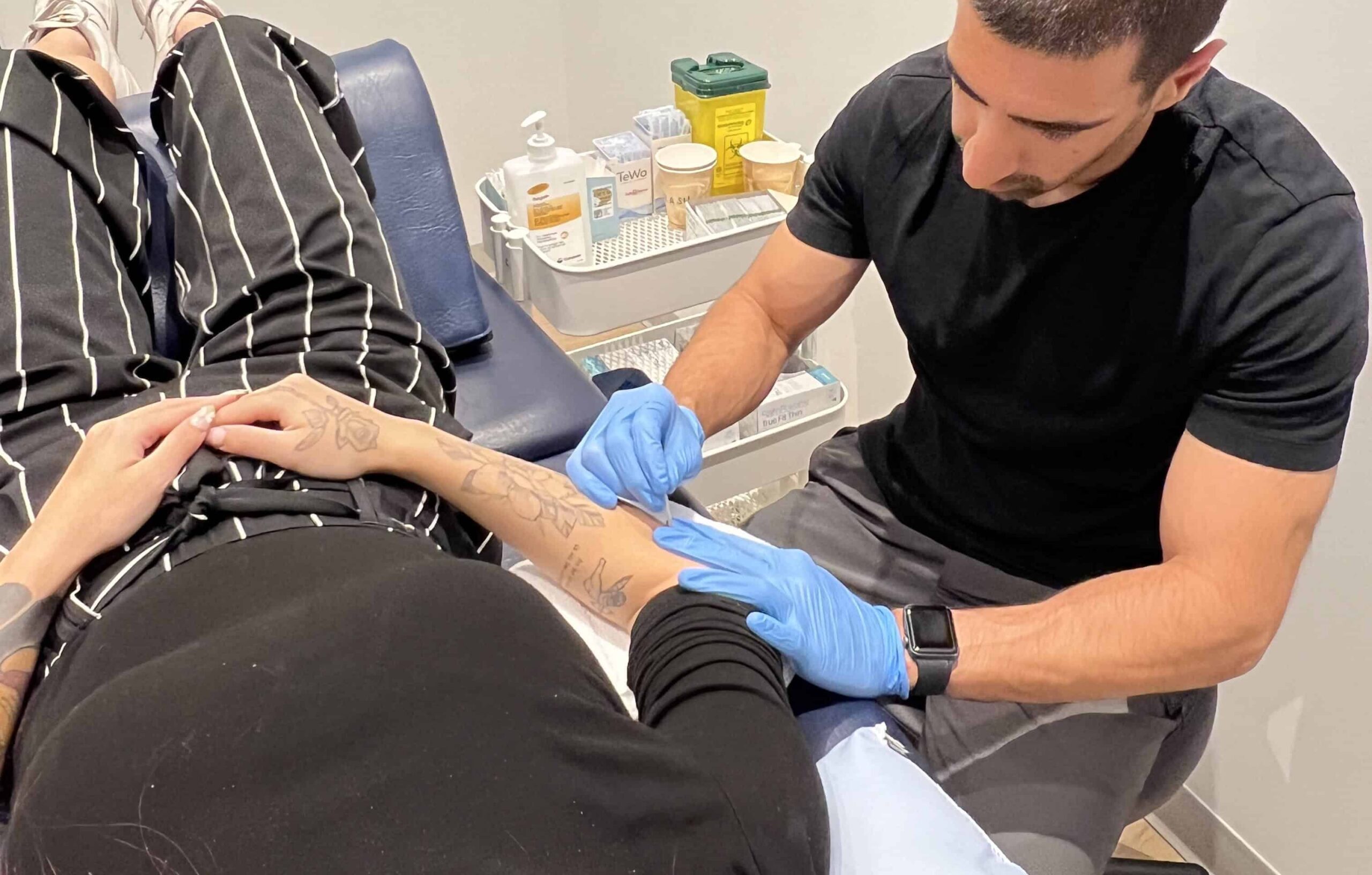By Kinesiologist Chris Lum
_
What is Osteopathy?
Osteopathy is a holistic, hands-on approach that views the body, and its physiological systems, as one.
The goal of osteopathy is to maintain and restore balance and function to all systems. When all systems function in harmony, the body has a greater ability to self-regulate.
What to Expect
The first treatment will start with an interview that will take a deep dive into your health history and allow you to communicate your concerns. This is followed by an osteopathic evaluation and treatment.
Evaluation is completed using a hands-on approach, like palpation, to detect changes in your tissues. We look for signs of rigidity, congestion, stiffness, density, and resiliency to determine which systems or tissues are the primary causes of dysfunction. From there, the osteopath and patient will formulate a customized treatment plan to best address these needs.
Treatments can include gentle joint and visceral manipulations, craniosacral techniques, and myofascial release to balance the nervous, circulatory, and lymphatic systems, improve range of motion, and decrease discomfort or other symptoms.
Common Conditions Treated
- Low back pain
- Neck and back pain
- Sciatica
- Migraines
- Irritable bowel syndrome (IBS)
- Chronic fatigue
- Plantar fasciitis
- Carpal tunnel syndrome
- Tennis elbow
- Frozen shoulder
- Whiplash
- Post-operative pain or adhesions
- Tendonitis
- Cramps, nausea, and intestinal pain
- Respiratory problems (i.e. asthma)


